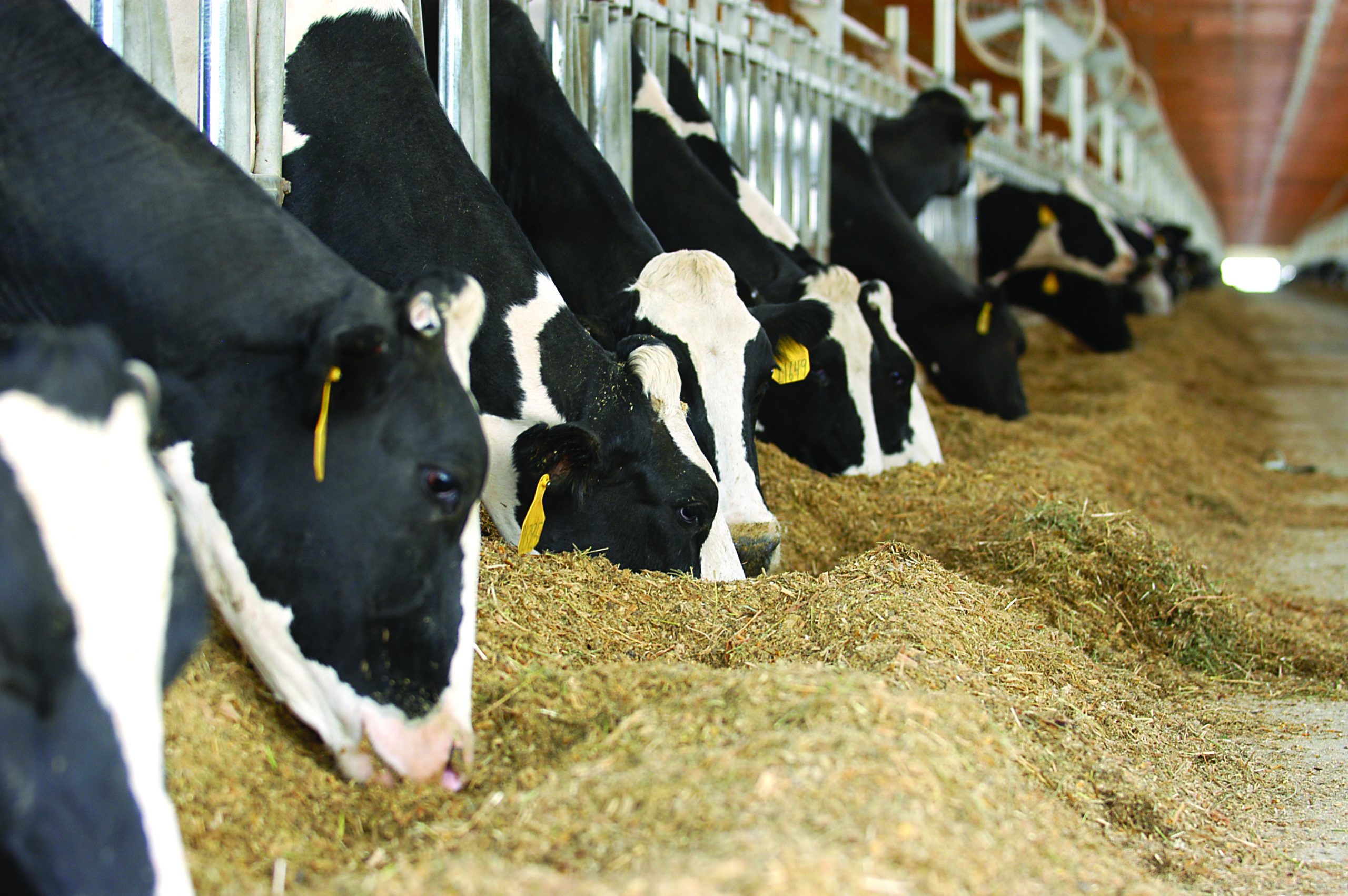Lignosulphonates are amorphous branched polymers of lignin, containing sulphonated covalently linked phenyl propane monomers, produced from the sulphite pulping of lignocellulosic biomasses.
The calcium lignosulphonate, sodium lignosulphonate and magnesium lignosulphonate under assessment are considered together under the term lignosulphonate.
Lignosulphonate is safe for chickens for fattening, laying hens, pigs for fattening and cattle for fattening at a maximum concentration of 10 000 mg/kg complete feed. A margin of safety cannot be identified. Therefore, this conclusion cannot be extended to all animal species/categories. No concern for consumer safety would arise from the use of lignosulphonate in animal nutrition.
Lignosulphonate is not an irritant to the skin and eyes and is not a skin sensitiser. Exposure to dust by inhalation is considered a hazard. The EFSA Panel on Additives and Products or Substances used in Animal Feed (FEEDAP) could not conclude on the safety of lignosulphonate for the environment. Lignosulphonate is effective as a pellet binder at a minimum level of 7 500 mg/kg feed.
Following a request from the European Commission, the EFSA Panel on Additives and Products or Substances used in Animal Feed (FEEDAP) was asked to deliver a scientific opinion on the safety for the target animals, consumer and user and for the environment and on the efficacy of a product based on lignosulphonate, when used as a technological additive, functional group: binders.
Lignosulphonates are amorphous branched polymers of lignin, containing sulphonated covalently linked phenyl propane monomers, produced from the sulphite pulping of lignocellulosic biomasses.
The calcium lignosulphonate, sodium lignosulphonate and magnesium lignosulphonate under assessment are considered together under the term lignosulphonate. Lignosulphonate is safe for chickens for fattening, laying hens, pigs for fattening and cattle for fattening at a maximum concentration of 10 000 mg/kg complete feed but a margin of safety could not be identified.
Therefore, this conclusion cannot be extended to all animal species/categories. No concern for consumer safety would arise from the use of lignosulphonate in animal nutrition.
Lignosulphonate is not an irritant to the skin and eyes and is not a skin sensitiser. Exposure to dust by inhalation is considered a hazard. The FEEDAP Panel could not conclude on the safety of lignosulphonate for the environment. Lignosulphonate is effective as a pellet binder at a minimum level of 7 500 mg/kg feed. The Panel made recommendations on specifications and labelling of the additive.

